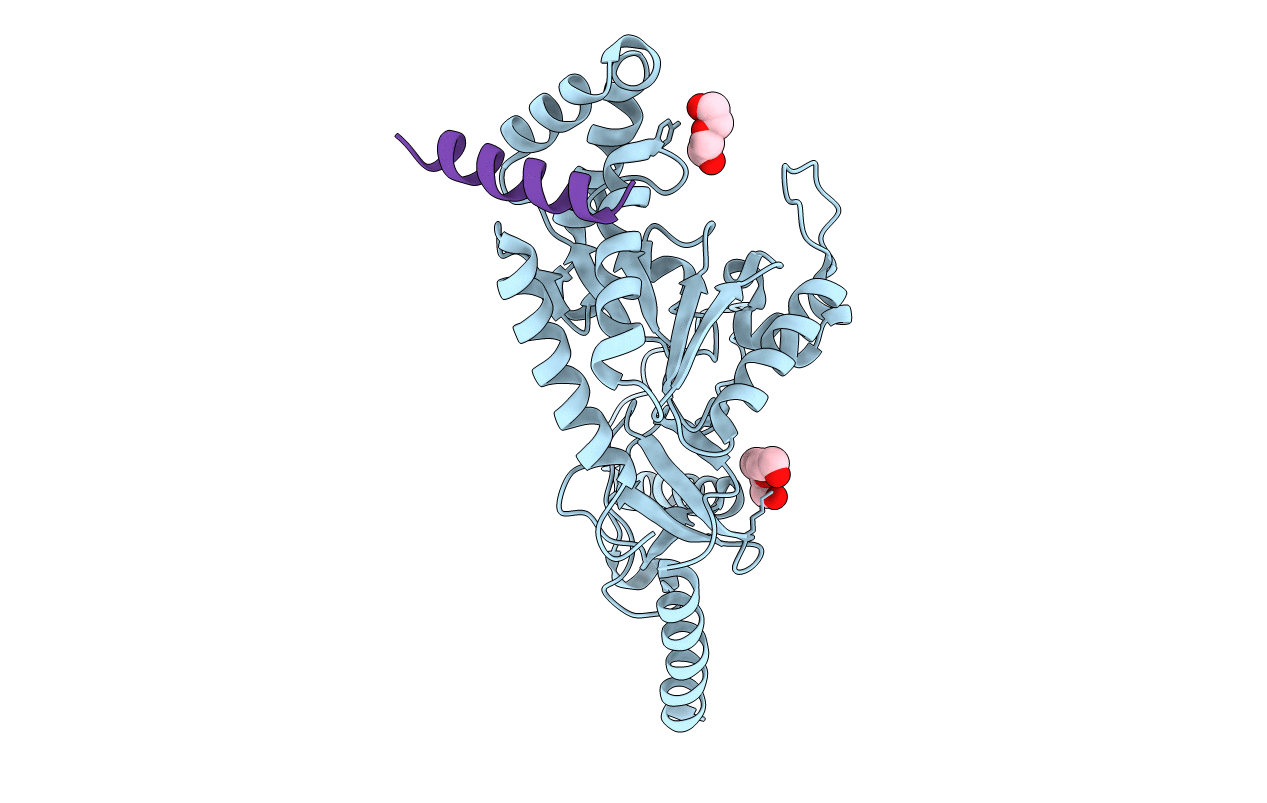
Deposition Date
2015-05-19
Release Date
2016-06-01
Last Version Date
2024-11-20
Entry Detail
PDB ID:
4ZW2
Keywords:
Title:
Crystal structure of the Mouse voltage gated calcium channel beta subunit isoform 1a in complex with Alpha Interaction Domain peptide.
Biological Source:
Source Organism:
Mus musculus (Taxon ID: 10090)
Host Organism:
Method Details:
Experimental Method:
Resolution:
1.86 Å
R-Value Free:
0.20
R-Value Work:
0.16
R-Value Observed:
0.17
Space Group:
P 21 21 21


